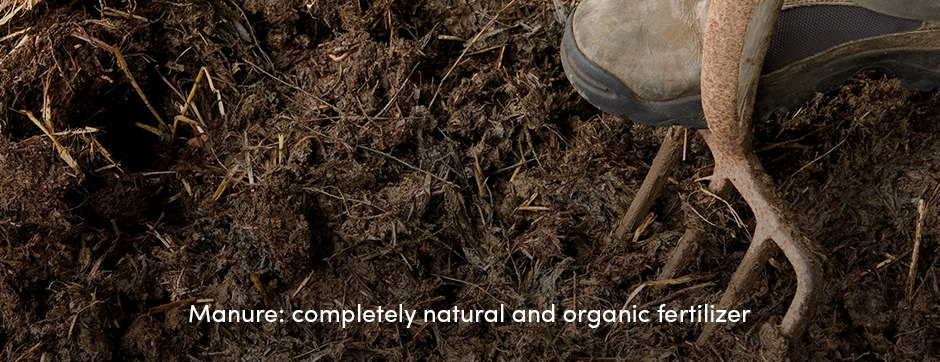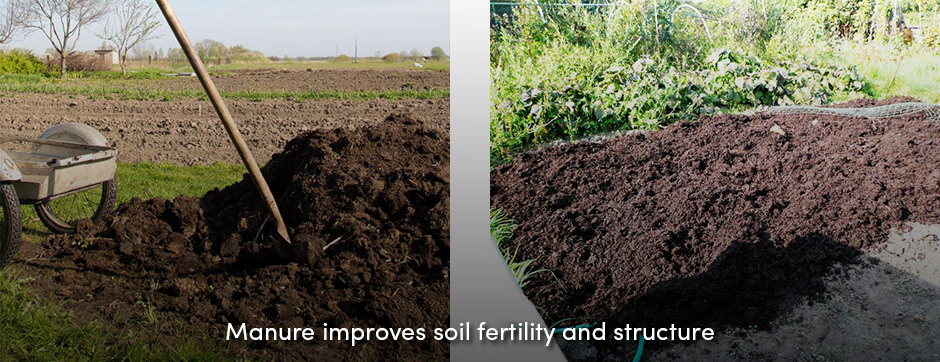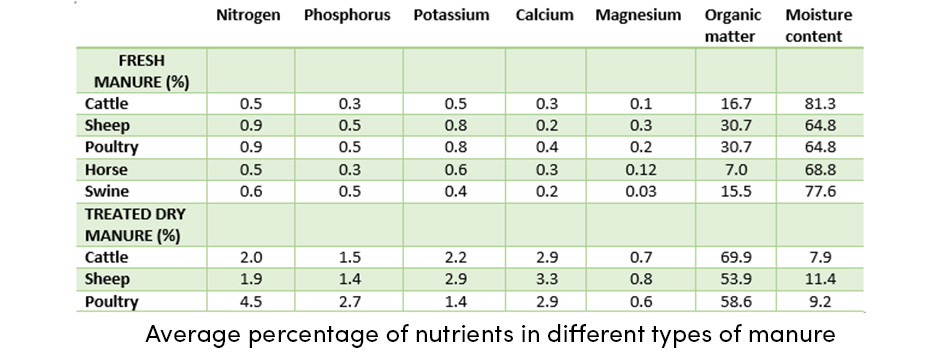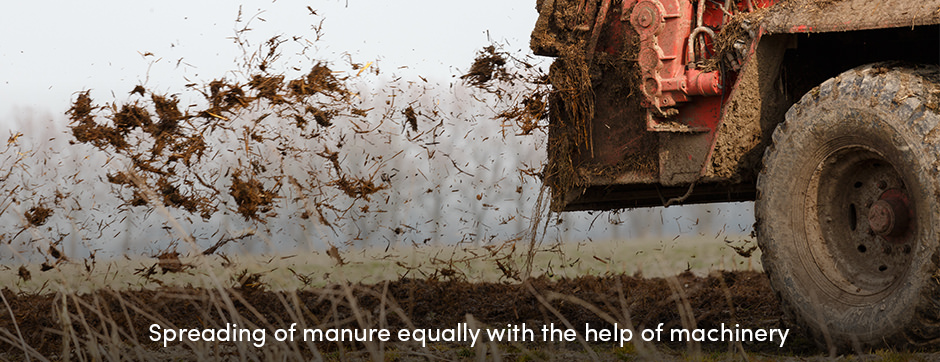One of the simplest, but most effective of all farm practices started at the very early beginnings of farming. Manure is the oldest and the most important fertilizer. Despite modern farm innovations, such as various mineral fertilizers, manure is still used and considered to be a valuable farm practice to improve the soil’s fertility.
Completely natural and organic, manure is made from the excrement and urine of domestic animals. Along with that, it can also contain straw, hay, or bedding.
What is Best About the Manure?
When used properly, manure fertilization is a remarkable soil improvement practice. There are three important reasons for including manuring as part of soil management:
- Manuring slowly releases essential soil micro and macronutrients over time. In this way, the soil absorbs the nutrients over a longer period than from the most artificial fertilizers.
- Manure improves soil structure and texture. By bringing the organic matter into the soil, manure helps retain soil moisture level and improves soil aeration. In doing so, manure prevents erosion, loosens the compacted soils, and improves drainage in fine-textured clay soils. Manure also promotes the growth of earthworms and other beneficial soil organisms.
- And finally, manuring reduces the need for commercial fertilizers.
Types and Nutritional Value of Manure
Manure can be produced from every domestic animal. The most common sources of manure are cows, pigs, horses, sheep, and poultry. The quality and nutritional value of manure widely varies depending on a few factors:
- The type and age of animal from which it originates
- The feed used for animals
- The process of preparation, storage, and handling
- The additional bedding material
- Moisture content
- The degree of decomposition.
However, the average percentage of manure nutrient content is shown in the table below:
When to Apply Manure?
The best time for manure application depends on the crop type. For instance, manuring of permanent crops is recommended when establishing new plantations. On the other hand, manuring of annual crops is recommended every 3-4 years.
The main reason for this is the residual release of nutrients in subsequent years. Generally, it’s estimated that during the first year, absorption of nutrients is 50% while during the second and the third year the absorption of nutrients is 30% and 20% respectively.
Tips for Proper Manure Application
There are a few important things to consider before the manure application. First of all, it’s recommended that composted manure is used instead of fresh. Although the fresh manure is already available, its use should be avoided.
One of the main disadvantages of fresh manure is its high level of phosphorus and nitrogen, which can burn the crops. Additionally, it can contain weed seeds, as well as some pathogens and bacteria.
Secondly, it’s important to distribute manure equally, over the entire field. Formation of piles and windrows of manure is not a recommended practice. The best results can be accomplished with the use of machinery.
Additional advice is to take regular soil samples to determine the crop’s need for nutrients. In this regard, it’s easier to avoid excessive of nitrogen.
Finally, manure should be spread or composted as soon as possible after it’s produced.
Sometimes the best solutions come from the oldest practices. Today, farmers have access to many modern solutions for soil improvement. However, it’s important to keep in mind and utilize simple but powerful farm practices such as manuring.
Text sources: University of Minnesota
Image sources: Agri Farming || Soilman || EcoChem








